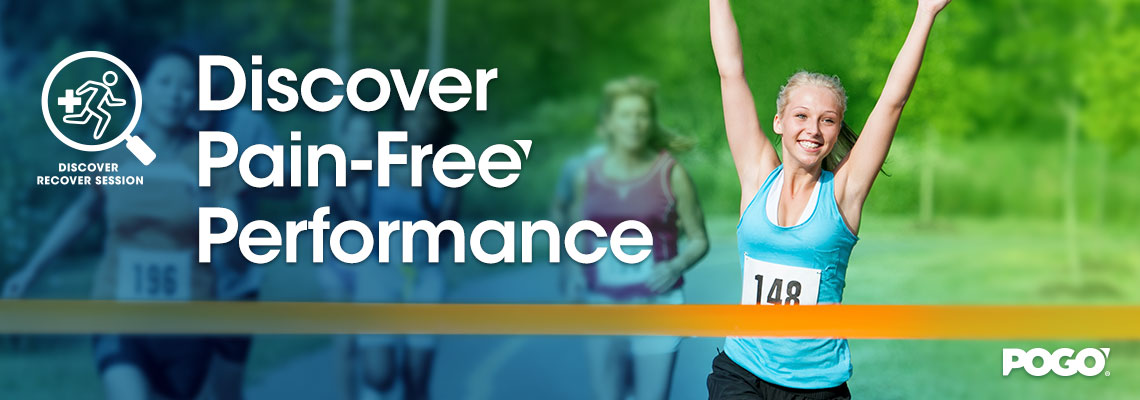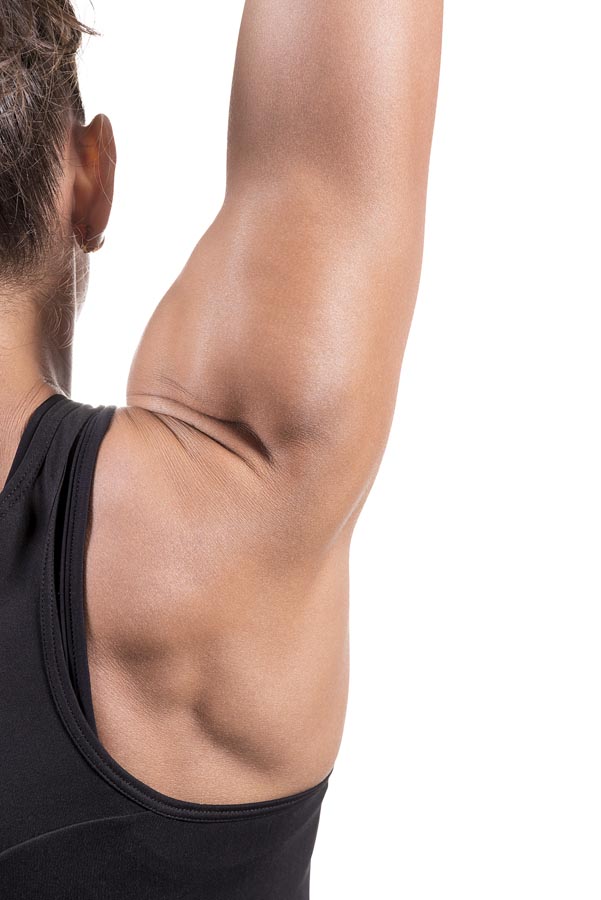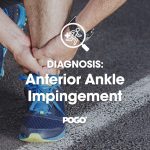Diagnosis: AC Joint Sprain
Presentation:
An AC joint sprain is a common sporting injury caused when an athlete falls onto the point of the shoulder, damaging their Acromioclavicular joint and potentially tearing some of the ligaments that hold this joint together. This injury may present with swelling and bruising, general soreness at the top of the shoulder and pain with movement, especially when lifting the arm above the head and across the body. In some cases, the shoulder will have a “step deformity” where the bones of the joint have been visibly separated. This separation may decrease with healing of the ligaments, rehab and exercise (Brukner & Khan, 2012).
Diagnosis:
An AC joint sprain is diagnosed using a few simple tests, and then further categorised into types 1 to 6. Specific physiotherapy tests look for pain production with isolated movement of the AC joint. Often a lot of different shoulder tests are performed to rule out other shoulder conditions. The therapist will then give the injury a grade or “type” from 1 to 6. The classification of the injury type depends on the amount of pain, movement/laxity of the joint as well as the size of the initial step deformity. Type 1 and 2 injuries are most common and are easily managed with rest from activity and physiotherapy.
Causes:
An AC injury can be caused by and fall or trauma to the point of the shoulder. Any force that is capable of displacing the collar bone from the shoulder will cause an AC injury. AC joint injuries are very common in contact sports like rugby, where a player can injure their AC tackling or being tackled and falling onto the point of the shoulder. AC injuries can also occur in other sports and are a documented workplace injury commonly caused by a fall onto the shoulder (Brukner & Khan, 2012).
An AC injury can be caused by and fall or trauma to the point of the shoulder. #performbetter @pogophysio Share on XTreatment:
Higher grade sprains (3 and above) will often be treated with a surgical repair of the ligaments and joint capsule, however more common type 1 and 2 injuries are conservatively managed using rest and physiotherapy. Immediate management involves resting, icing, compression and elevation of the shoulder. After the acute stage a therapist can perform manual therapy techniques to decrease the stiffness of the shoulder and decrease pain and apprehension. Strengthening exercises for the shoulder and scapular muscles are very important in this injury to secure the joint and to also prevent the injury from happening again. Upon return to sport or work the athlete/worker may like to tape the shoulder for extra support (Sports Medicine Australia, 2016).
Daniel O’Connor
Student Physiotherapist
References
Acromioclavicular (AC) Joint Injury | Sports Medicine Australia. (2016). Sma.org.au. Retrieved 28 September 2016, from http://sma.org.au/resources-advice/injury-fact-sheets/acromioclavicular-ac-joint-injury/
Brukner, P., Khan, K., & Brukner, P. (2012). Brukner & Khan’s clinical sports medicine (pp. 369-371). Sydney: McGraw-Hill.









